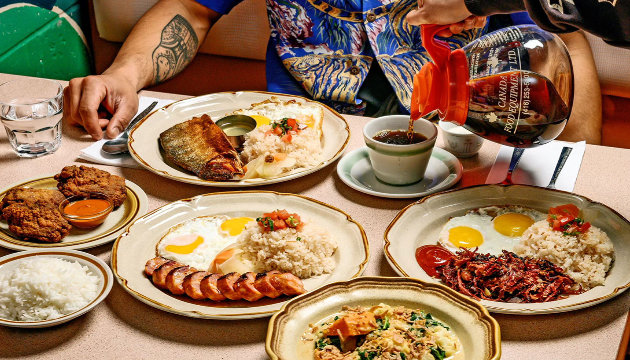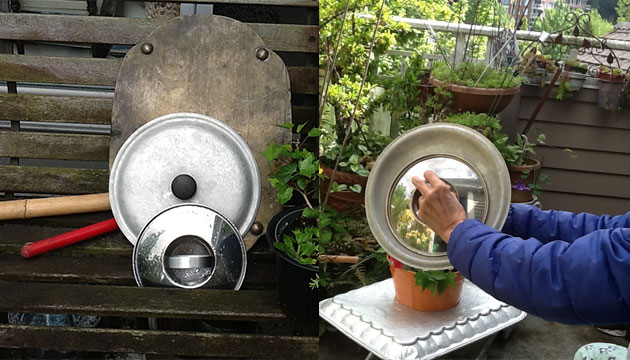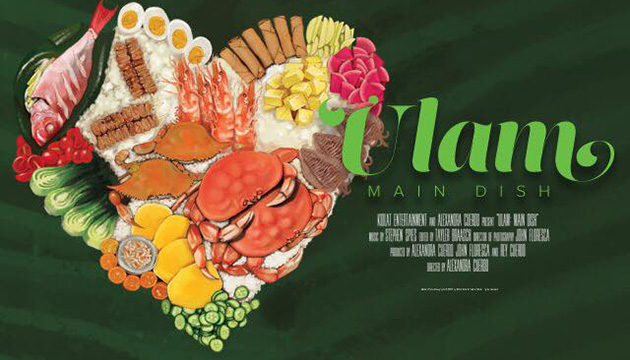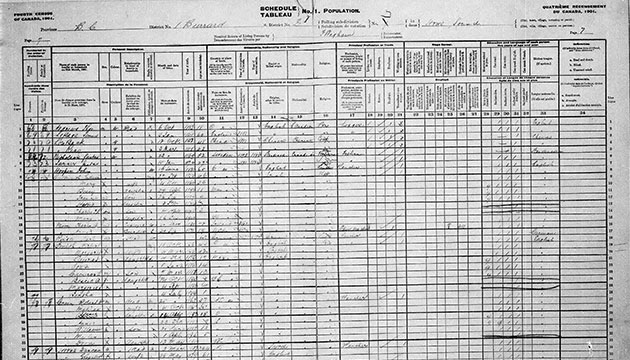Traditional home-cooked Filipino food is tasty and delectable. Even non-Filipinos have been captivated by it.
However, with many more Filipinos in Canada today than Malays, Thais and Vietnamese combined, why has Filipino cuisine not gone mainstream the way Malaysian, Thai, and Vietnamese foods have done? Why are Filipino restaurants in Canada short-lived? What can be done to make traditional authentic Filipino food more popular? Is Filipino food good only for shared family meals at home, but too cheap and ordinary for restaurant fare?
Almost every country in Asia has a distinctive cuisine featuring a unique taste that comes from a peculiar combination of ingredients and cooking styles. Filipino food is as rich and varied as other cuisines because many countries have influenced Philippine food throughout the country’s history. Yet Filipino food embodies particular characteristics that distinguish it from other cuisines. Its uniqueness comes from the unusual blending of native and Western ingredients in a mixture of Asian and predominantly Spanish flavours, which subtly combines the sweet and the savoury with no overpowering spices to dominate its salty, sour or sweet-sour taste.
This uniqueness of traditional Filipino food, however, is often lost when cooks add a modern twist to re-invent the national cuisine and attract foreign diners. The results of their innovations (like sisig with sour cream and cheese or turon using Chiquita bananas instead of saba or a taco filled with longanisa, fried egg, cheddar and avocado) are not always palatable because they are neither Western nor authentic Filipino food. The loss of traditional Filipino cooking through the popularization of this type of fusion Filipino cuisine is a shame.
Fortunately, a Filipino restaurant serving home-cooked traditional Filipino food was considered the best new restaurant in America in 2016. The Washington D.C.-based restaurant Bad Saint was Bon Appetit magazine's No. 2 choice among The 10 Best New Restaurants in America 2016. The restaurant’s name is derived from Saint Malo, Louisiana, the first Filipino settlement in the U.S. established in 1763 by Filipino deserters from Spanish ships during the Manila Galleon trade.
Bad Saint does not take reservations, but diners line up for hours before it opens at 5:30 p.m. sharp to fill up its 24 seats. There are only two seatings per night. The wait to get in could be as long as three to four hours. The largest tables hold just four people in a tight squeeze. Patrons are mostly non-Filipinos and Filipinos with foreign guests.
The menu includes simple homey Filipino foods with no attempts to westernize them. No artistic plating with blank space artfully drizzled with sauce surrounding the food. Instead, the home-cooked dishes are presented family style with all dishes serve at the same time for diners to choose which dish to try first and with what combination. The food goes simply from wok to plate to table with no pretensions to look expensive or fancy.
Among the popular dishes, in addition to pork and/or chicken adobo, are: adobong pusit darkened by the squid’s natural ink, arroz caldo; beef tapa; ginisang ampalaya; sinuam na tulya; kinilaw na hipon; laing (kale and crab meat in coconut milk); ukoy (freshwater shrimp fritter); oxtail kare-kare; pancit Canton; pancit Molo; crispy piniritong isda (whole fish with head on) with itlog alat at camatis; pork sinigang soured with tamarind; and tocino and garlic fried rice. For dessert, purple rice bilo bilo in coconut milk.
The restaurant has more than 200 positive reviews online, mostly by foreigners. “Different but relentlessly delicious” is the unanimous comment. This success of Bad Saint shows that there is nothing wrong with traditional, simple, everyday Filipino food, if cooked as it should be. And if homey Filipino food can succeed in competition with foods from all cultures served in restaurants that abound in Washington D.C., there is hope that a similar authentic Filipino restaurant will catch fire in Canada, too. But it may take grandmothers who have perfected traditional Filipino cooking back home to take charge of modern restaurant Filipino kitchens to introduce authentic Filipino home cooking to appreciative mainstream diners.
By Eleanor R. Laquian for
The CFNet Editorial Board
Contact us at:










